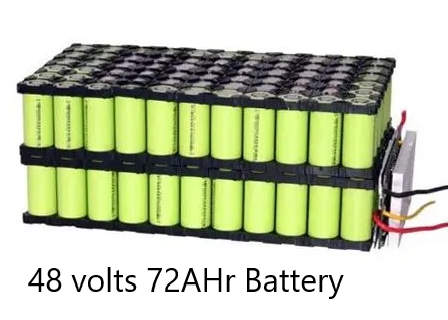Charging and discharging of Lithium ion battery.
- Shyam Ramnani
- Feb 14
- 1 min read
Updated: Mar 27

The document explains the working principles of lithium-ion batteries (LIBs), focusing on their charging and discharging processes. The cathode is made of lithium oxide with metals like cobalt, manganese, or iron, while the anode consists of carbon (graphite). A separator prevents electron flow internally, forcing electrons to take an external path through a circuit.
LIBs have low internal resistance, allowing them to deliver high currents when needed, such as during electric vehicle acceleration. The document discusses battery capacity (C-rating), explaining that a 3.7V, 2200mAh cell can supply 2.2A for one hour or 1A for 2.2 hours. It also highlights the dangers of overcharging (above 4.2V) and deep discharge (below 2.8V), which can damage the battery due to dendrite formation or electroplating.
The Battery Management System (BMS) plays a crucial role in controlling charging voltage, current, and temperature to prevent overheating and potential thermal runaway. The BMS ensures safe charging rates (typically 0.5C–1C) and regulates fast charging only when designed for it. It also limits the maximum discharge current, preventing excessive load on the battery.
Overall, the document emphasizes the importance of proper charging management and cooling systems to extend battery life and prevent failures in electric vehicles and other applications.



Comments